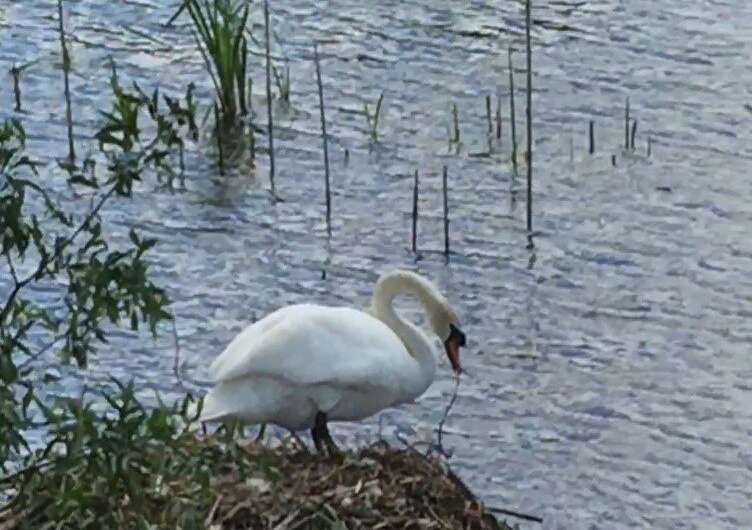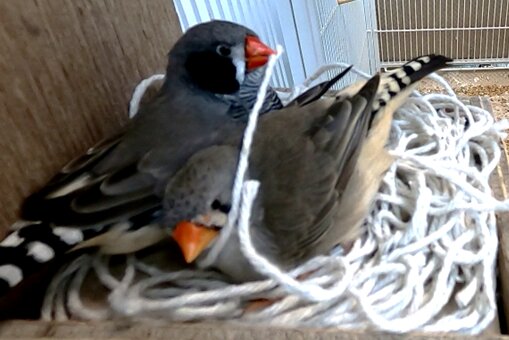The selection of nest material by birds is determined by the size and shape of their beak, as discovered by researchers.
Using data on nest materials for almost 6,000 bird species, a team from the University of Bristol and the University of St Andrews applied random forest models, a type of machine learning algorithm, to analyze bird beak data and predict the types of nest materials each species might use.
The team found a remarkably strong correlation. Based solely on beak shape and size, they successfully predicted the general nest material preferences of 60% of the species, with accuracy reaching 97% in certain cases.
These findings, which have been published in the journal “Philosophical Transactions of the Royal Society B,” also delved into the ecological and evolutionary context of these relationships. The availability of different nest material types varies among species and significantly influences the results.
Dr. Catherine Sheard, the lead author of the study from Bristol’s School of Earth Sciences, commented, “While we have extensive knowledge about how primate hands function, we have limited understanding of how other animals, including birds, utilize their limbs and beaks to manipulate objects. We are very excited about the potential implications of our findings as they allow us to further explore the co-evolution of beak shape with other aspects of nest building or other functions.”

Dr. Shoko Sugasawa, the senior author of the study from the University of St Andrews, added, “Most animals, including birds, do not possess appendages like ours, but manipulating objects such as nest materials and food is a crucial aspect of their lives. Our findings represent the initial steps towards understanding the potential interactions between beak evolution and manipulation, such as nest building, and provide insight into how animals have adapted to interact with the world even without hands.”
The team is currently working on a project to document the use of human-made nest materials, such as plastic, wire, and cigarette butts, by birds worldwide. They are particularly interested in exploring whether this behavior is more prevalent among urban-dwelling birds.
“I’m also intrigued by the relationship between beak shape and other aspects of the nest, such as its overall structure,” added Dr. Sheard, “for instance, whether birds construct nests with walls or roofs.”
More information:
Catherine Sheard, Beak shape and nest material use in birds, Philosophical Transactions of the Royal Society B Biological Sciences (2023).
Citation:
Beak shape can predict nest material use in birds, study finds (2023, July 9)
retrieved 9 July 2023
from https://phys.org/news/2023-07-beak-material-birds.html
This document is subject to copyright. Apart from any fair dealing for the purpose of private study or research, no
part may be reproduced without the written permission. The content is provided for information purposes only.
Denial of responsibility! SamacharCentrl is an automatic aggregator of Global media. In each content, the hyperlink to the primary source is specified. All trademarks belong to their rightful owners, and all materials to their authors. For any complaint, please reach us at – [email protected]. We will take necessary action within 24 hours.

Shambhu Kumar is a science communicator, making complex scientific topics accessible to all. His articles explore breakthroughs in various scientific disciplines, from space exploration to cutting-edge research.


